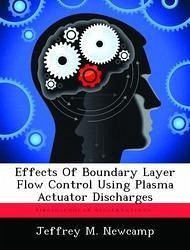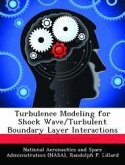This study addresses the usage and effects of atmospheric plasma discharges on the near wall flow conditions for a Pak-B low-pressure turbine blade. A plasma actuator was built normal to the freestream flow in a low-speed wind tunnel. The test section of the wind tunnel had a contoured upper wall geometry designed to mimic the suction side of a Pak-B turbine blade. A high frequency ac voltage source supplied three voltages in the kilovolt range at four Reynolds numbers in the experiment, between 10,000 and 103,000. The effect of the plasma on the near-wall boundary layer conditions was evaluated at each of the Reynolds numbers and each of the three voltage levels. Particle image velocimetry (PIV) was used to determine the 2D boundary layer characteristics of the flow. This research showed that the plasma discharges were able to dramatically increase the flow velocity near the wall; however, the plasma was unable to reattach an already detached boundary layer. Additionally, multiple manufacturing techniques were evaluated in an effort to make the electrodes more usable in turbine blade applications.
Hinweis: Dieser Artikel kann nur an eine deutsche Lieferadresse ausgeliefert werden.
Hinweis: Dieser Artikel kann nur an eine deutsche Lieferadresse ausgeliefert werden.








